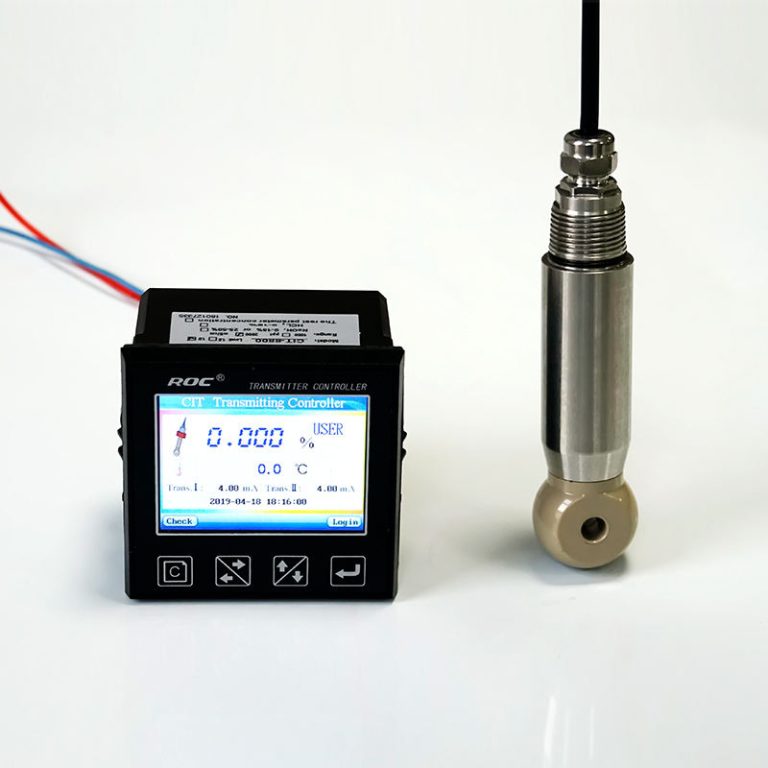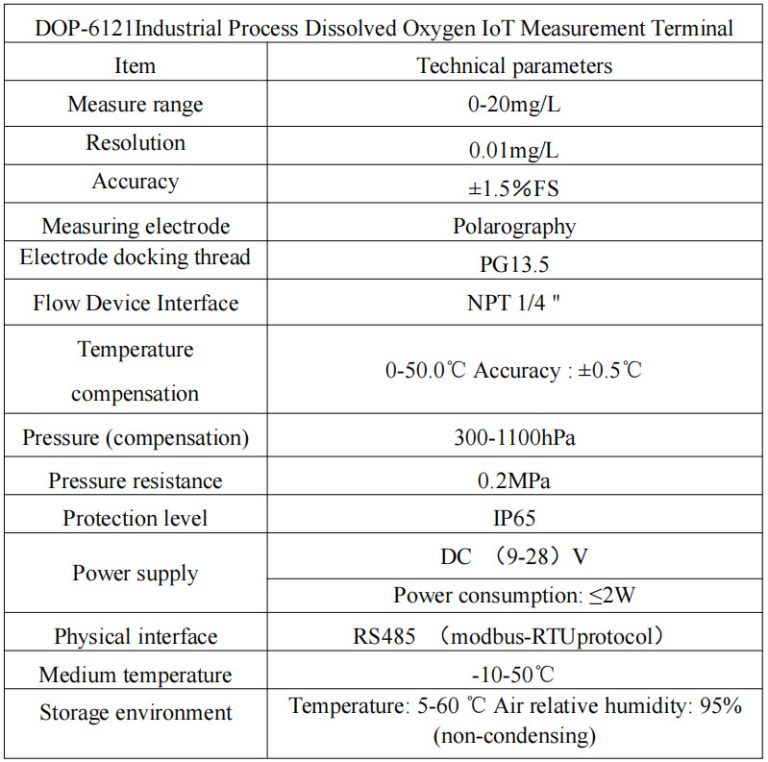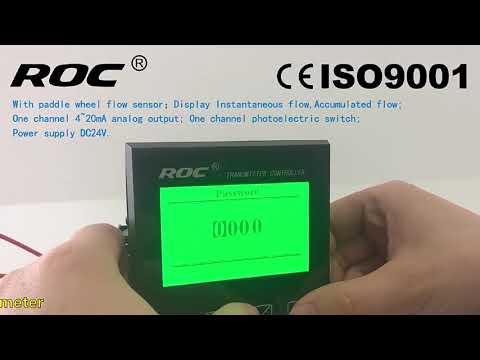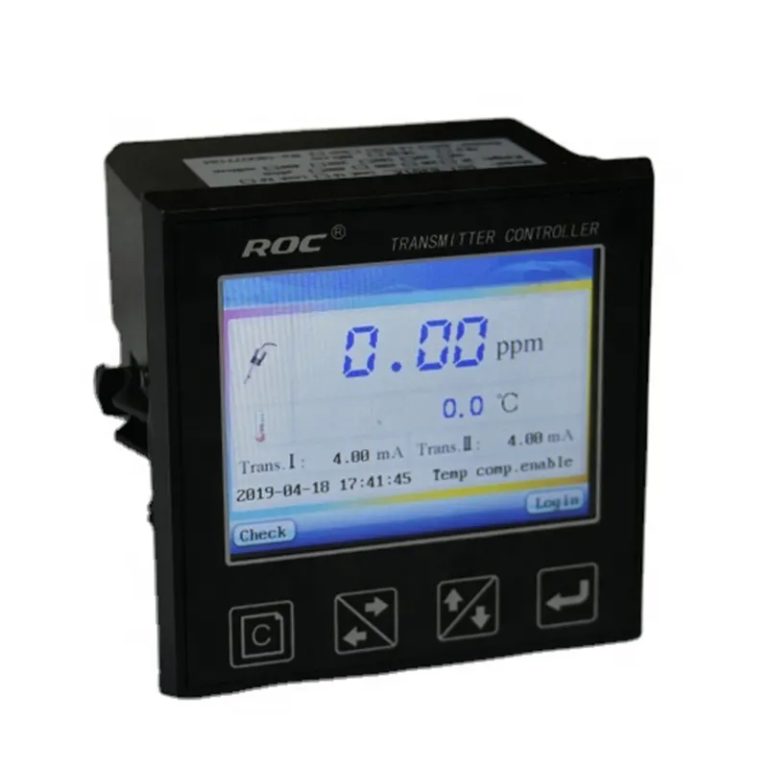Table of Contents
Understanding the Importance of Electrical Conductivity Meters in Water Analysis
Water, the universal solvent, is a fundamental resource for life and industrial processes. Its quality and purity are of utmost importance, and one of the key parameters used to assess these is electrical conductivity. An electrical conductivity meter for water is an indispensable tool in water analysis, providing valuable insights into the water’s overall health and suitability for various applications.
Electrical conductivity, in simple terms, is a measure of a solution’s ability to conduct an electric current. It is directly related to the concentration of ions in the water, which can originate from dissolved salts, minerals, and other inorganic substances. The higher the ion concentration, the greater the water’s electrical conductivity. Therefore, by measuring the electrical conductivity, we can infer the total dissolved solids (TDS) in the water, which is a crucial indicator of water quality.
An electrical conductivity meter for water operates on this principle. It typically consists of a probe with two or more electrodes, a temperature sensor, and a display unit. When the probe is immersed in water, an electric voltage is applied across the electrodes, and the resulting current is measured. This current is proportional to the water’s electrical conductivity. The temperature sensor is necessary because electrical conductivity is temperature-dependent, and any measurements must be corrected to a standard temperature, usually 25 degrees Celsius.
| Model | pH/ORP-3500 pH/orp meter |
| Range | pH:0.00~14.00 ; ORP: (-2000~+2000)mV; Temp.:(0.0~99.9)°C (Temp.Compensation: NTC10K) |
| Resolution | pH:0.01 ; ORP: 1mV; Temp.:0.1°C |
| Accuracy | pH:+/-0.1 ; ORP: +/-5mV(electronic unit); Temp.: +/-0.5°C |
| Temp. compensation | Range: (0~120)°C; element: Pt1000 |
| Buffer Solution | 9.18; 6.86; 4.01; 10.00; 7.00; 4.00 |
| Medium Temp. | (0~50)°C (with 25°C as standard) manual/automatic temp. compensation for selection |
| Analog output | Isolated one Channel(4~20)mA, Instrument/Transmitter for selection |
| Control Output | Double relay output (single contact ON/OFF) |
| Working Environment | Temp.(0~50)℃; relative humidity <95%RH (non-condensing) |
| Storage Environment | Temp.(-20~60)℃;Relative Humidity ≤85%RH (none condensation) |
| Power Supply | DC 24V; AC 110V; AC220V |
| Power consumption | <3W |
| Dimension | 48mmx96mmx80mm(HxWxD) |
| Hole Size | 44mmx92mm(HxW) |
| Installation | Panel mounted, fast installation |
The importance of electrical conductivity meters in water analysis cannot be overstated. They are used in a wide range of applications, from environmental monitoring to industrial process control. In environmental studies, for example, electrical conductivity is used to monitor the health of rivers, lakes, and groundwater. A sudden increase in conductivity could indicate pollution from industrial waste or agricultural runoff, while a decrease could suggest dilution from rainwater.

In the industrial sector, electrical conductivity meters are used to monitor and control processes that involve water or aqueous solutions. For instance, in power plants, the conductivity of boiler water and steam is closely monitored to prevent corrosion and scaling. In wastewater treatment plants, conductivity measurements help control the treatment process and ensure the treated water meets discharge standards.
Moreover, in the food and beverage industry, electrical conductivity meters are used to ensure product quality and consistency. For example, they are used to monitor the salt concentration in brine solutions used for pickling and curing, or the sugar concentration in fruit juice and soft drinks.
In conclusion, an electrical conductivity meter for water is a vital tool in water analysis. It provides a quick and easy way to assess the water’s overall health and suitability for various applications. By measuring the electrical conductivity, we can infer the total dissolved solids in the water, which is a crucial indicator of water quality. Whether it’s monitoring the health of our natural water bodies, controlling industrial processes, or ensuring the quality of our food and beverages, the importance of electrical conductivity meters in water analysis is clear.
Exploring the Role of Electrical Conductivity Meters in Ensuring Water Quality
Water quality is a critical aspect of public health and environmental sustainability. One of the key parameters used to assess water quality is its electrical conductivity, which is a measure of the water’s ability to conduct an electrical current. This is where an electrical conductivity meter for water comes into play. This device is an essential tool in the arsenal of water quality professionals, providing them with accurate and reliable data on the electrical conductivity of water.
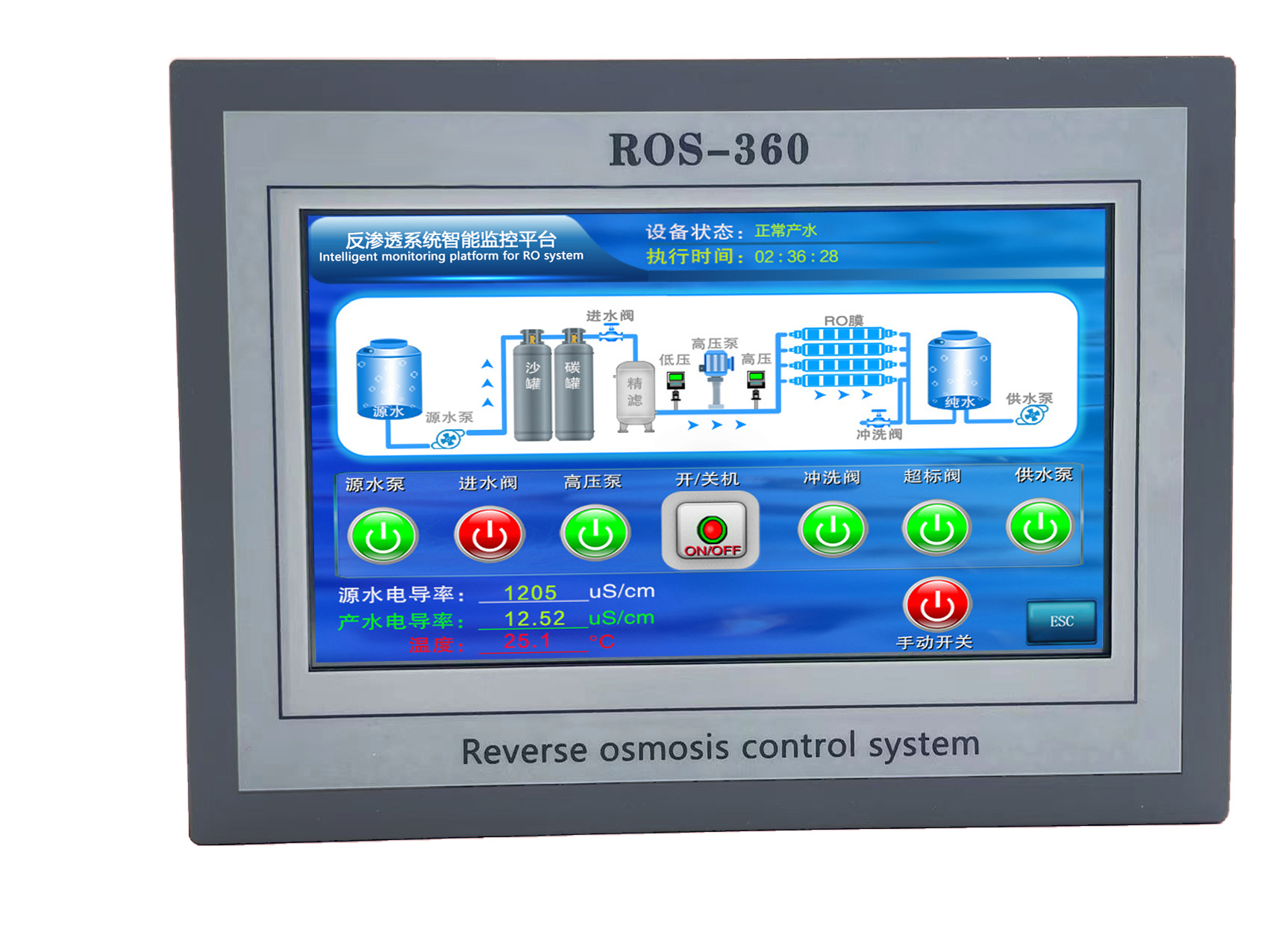
Electrical conductivity in water is primarily influenced by the presence of inorganic dissolved solids such as salts and minerals. These substances, when dissolved in water, break down into ions, which are electrically charged particles. The more ions present in the water, the higher its electrical conductivity. Therefore, by measuring the electrical conductivity of water, we can get an idea of the total dissolved solids (TDS) in it.
An electrical conductivity meter for water works by passing a small electrical current through the water and measuring how well the current is conducted. The meter consists of two electrodes that are placed in the water. When an electrical voltage is applied across these electrodes, the ions in the water facilitate the flow of the current. The meter then measures this current to determine the water’s conductivity.
| ROS-360 Water Treatment RO Programmer Controller | ||
| Model | ROS-360 Single Stage | ROS-360 Double Stage |
| Measuring range | Source water0~2000uS/cm | Source water0~2000uS/cm |
| First level effluent 0~1000uS/cm | First level effluent 0~1000uS/cm | |
| secondary effluent 0~100uS/cm | secondary effluent 0~100uS/cm | |
| Pressure sensor(optional) | Membrane pre/post pressure | Primary/ secondary membrane front/rear pressure |
| Flow Sensor(optional) | 2 channels (Inlet/outlet flow rate) | 3 channels (source water, primary flow,secondary flow) |
| IO input | 1.Raw water low pressure | 1.Raw water low pressure |
| 2.Primary booster pump inlet low pressure | 2.Primary booster pump inlet low pressure | |
| 3.Primary booster pump outlet high pressure | 3.Primary booster pump outlet high pressure | |
| 4.High liquid level of Level 1 tank | 4.High liquid level of Level 1 tank | |
| 5.Low liquid level of Level 1 tank | 5.Low liquid level of Level 1 tank | |
| 6.Preprocessing signal | 6.2nd booster pump outlet high pressure | |
| 7.High liquid level of Level 2 tank | ||
| 8.Preprocessing signal | ||
| Relay output (passive) | 1.Water inlet valve | 1.Water inlet valve |
| 2.Source water pump | 2.Source water pump | |
| 3.Booster pump | 3.Primary booster pump | |
| 4.Flush valve | 4.Primary flush valve | |
| 5.Water over standard discharge valve | 5.Primary water over standard discharge valve | |
| 6.Alarm output node | 6.Secondary booster pump | |
| 7.Manual standby pump | 7.Secondary flush valve | |
| 8.Secondary water over standard discharge valve | ||
| 9.Alarm output node | ||
| 10.Manual standby pump | ||
| The main function | 1.Correction of electrode constant | 1.Correction of electrode constant |
| 2.TDS alarm setting | 2.TDS alarm setting | |
| 3.All working mode time can be set | 3.All working mode time can be set | |
| 4.High and low pressure flushing mode setting | 4.High and low pressure flushing mode setting | |
| 5.Manual/automatic can be chosen when boot up | 5.Manual/automatic can be chosen when boot up | |
| 6.Manual debugging mode | 6.Manual debugging mode | |
| 7.Spare parts time management | 7.Spare parts time management | |
| Expansion interface | 1.Reserved relay output | 1.Reserved relay output |
| 2.RS485 communication | 2.RS485 communication | |
| Power supply | DC24V±10% | DC24V±10% |
| Relative humidity | ≦85% | ≤85% |
| Environment temperature | 0~50℃ | 0~50℃ |
| Touch screen size | Touch screen size: 7 inches 203*149*48mm (Hx Wx D) | Touch screen size: 7 inches 203*149*48mm (Hx Wx D) |
| Hole Size | 190x136mm(HxW) | 190x136mm(HxW) |
| Installation | Embedded | Embedded |
The role of an electrical conductivity meter in ensuring water quality cannot be overstated. It is used in a wide range of applications, from monitoring drinking water and wastewater to testing the quality of water in aquaculture and hydroponics. In each of these applications, the meter provides valuable data that can be used to make informed decisions about water treatment and management.
For instance, in drinking water treatment, an electrical conductivity meter can be used to monitor the effectiveness of the treatment process. If the conductivity of the treated water is significantly lower than that of the raw water, it indicates that the treatment process has effectively removed the dissolved solids. On the other hand, if the conductivity remains high, it could signal a problem with the treatment process that needs to be addressed.
In wastewater treatment, the meter plays a crucial role in monitoring the removal of pollutants. High conductivity in wastewater can indicate the presence of harmful substances such as heavy metals and other industrial pollutants. By measuring the conductivity before and after treatment, operators can assess the effectiveness of their treatment processes in removing these pollutants.
In aquaculture and hydroponics, where the quality of water can directly impact the health and productivity of plants and aquatic life, an electrical conductivity meter is an indispensable tool. It allows operators to maintain the optimal water conditions for their crops or aquatic species, ensuring their health and growth.
In conclusion, an electrical conductivity meter for water is a vital tool in ensuring water quality. By providing accurate and reliable data on the electrical conductivity of water, it allows for effective monitoring and management of water resources. Whether it’s ensuring the safety of drinking water, the effectiveness of wastewater treatment, or the health of crops and aquatic life, the importance of this device cannot be overstated.

